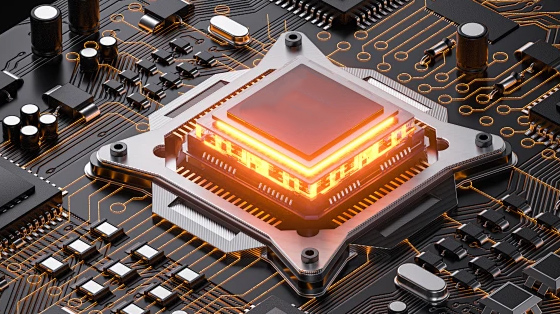Next-Generation Semiconductors: Shaping the Future of Connectivity and Sustainability
3/9/2023 11:21:33 AM
Article Continuation: "Next-Generation Semiconductors: Shaping the Future of Connectivity and Sustainability"
Embracing Sustainability
One of the most pressing imperatives driving the semiconductor industry is the need for greater sustainability. The quest for eco-friendlier alternatives has led researchers to explore novel materials and manufacturing processes that minimize environmental impact. For example, the use of recycled materials in wafer fabrication, alongside the adoption of cleaner energy sources for production facilities, illustrates a shift toward greener operations.
Additionally, the development of low-power semiconductors that consume less energy during operation contributes significantly to overall energy conservation. These innovations not only reduce carbon footprints but also extend battery life in portable devices, enhancing usability and convenience for consumers.

The rise of smart cities depends heavily on the proliferation of connected devices and robust network infrastructure. Next-generation semiconductors play a crucial role here, powering the Internet of Things (IoT) and enabling seamless communication among devices.
From traffic management systems to public safety networks, these sophisticated chips ensure reliable data transmission and processing. They also support advanced security features, safeguarding sensitive urban infrastructures from cyber threats. Moreover, the integration of AI at the edge allows for dynamic decision-making, optimizing city operations in real time and improving citizen engagement.
Powering the Fourth Industrial Revolution
The convergence of physical and digital realms, often referred to as Industry 4.0, hinges on the availability of powerful yet efficient semiconductors. Factories equipped with state-of-the-art sensors and actuators rely on these chips for monitoring and control functions. Predictive maintenance algorithms running on embedded systems prevent costly breakdowns, while autonomous robots powered by advanced microprocessors enhance productivity and precision.
Furthermore, the semiconductor backbone facilitates the collection and analysis of vast amounts of operational data, revealing insights that can be used to optimize workflows and minimize waste. This digitized approach to manufacturing leads to leaner, more agile production lines that respond rapidly to changes in demand.
Advancing Healthcare Delivery
In the medical field, next-generation semiconductors are transforming patient care and treatment outcomes. Wearable health monitors, enabled by miniaturized sensors and wireless transmitters, continuously track vital signs, allowing for early detection of health issues. Implanted medical devices, such as pacemakers, benefit from improved biocompatibility and longevity thanks to advances in semiconductor packaging.
Telemedicine platforms, supported by high-speed data processing capabilities, connect patients remotely with specialists, democratizing access to expert care regardless of geographic location. In addition, AI-driven diagnostic tools, backed by sophisticated pattern recognition algorithms, improve disease identification accuracy and speed, leading to better clinical decisions.
Enhancing Cybersecurity Measures
As technology becomes increasingly intertwined with everyday life, the threat landscape grows more complex. Next-generation semiconductors are being designed with built-in security measures, such as hardware encryption engines and tamper-resistant storage, making them indispensable in protecting data integrity and privacy.
Blockchain technology, facilitated by high-performance chips, provides a decentralized ledger for secure transactions, enhancing trust in digital exchanges. Furthermore, the integration of AI in cybersecurity systems enables proactive defense mechanisms that can identify and neutralize threats before they cause damage.
Conclusion: Pioneering a New Era
The story of next-generation semiconductors is one of boundless potential and transformative change. From fostering a greener planet to empowering smarter living spaces, these advanced chips are reshaping every facet of society. Their ability to bridge the gap between theoretical concepts and tangible reality makes them the cornerstone of future innovation.
By continuing to invest in research and development, embracing multidisciplinary collaborations, and maintaining vigilance against emerging challenges, the industry can harness the full spectrum of opportunities presented by next-generation semiconductors. This collective effort will undoubtedly propel humanity toward a brighter, more interconnected, and sustainable future
In this expanded narrative, the discussion delves deeper into the implications of next-generation semiconductor technologies across various societal dimensions. By illustrating their pivotal roles in sustainability, smart urban environments, industrial evolution, healthcare enhancement, and cybersecurity fortification, the article showcases a comprehensive vision of how these advancements will shape the coming decades. The conclusion emphasizes the importance of ongoing dedication and cooperation in fully capitalizing on the transformative power of these technologies.


 2024.12.25
2024.12.25






